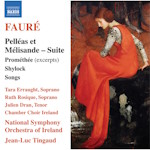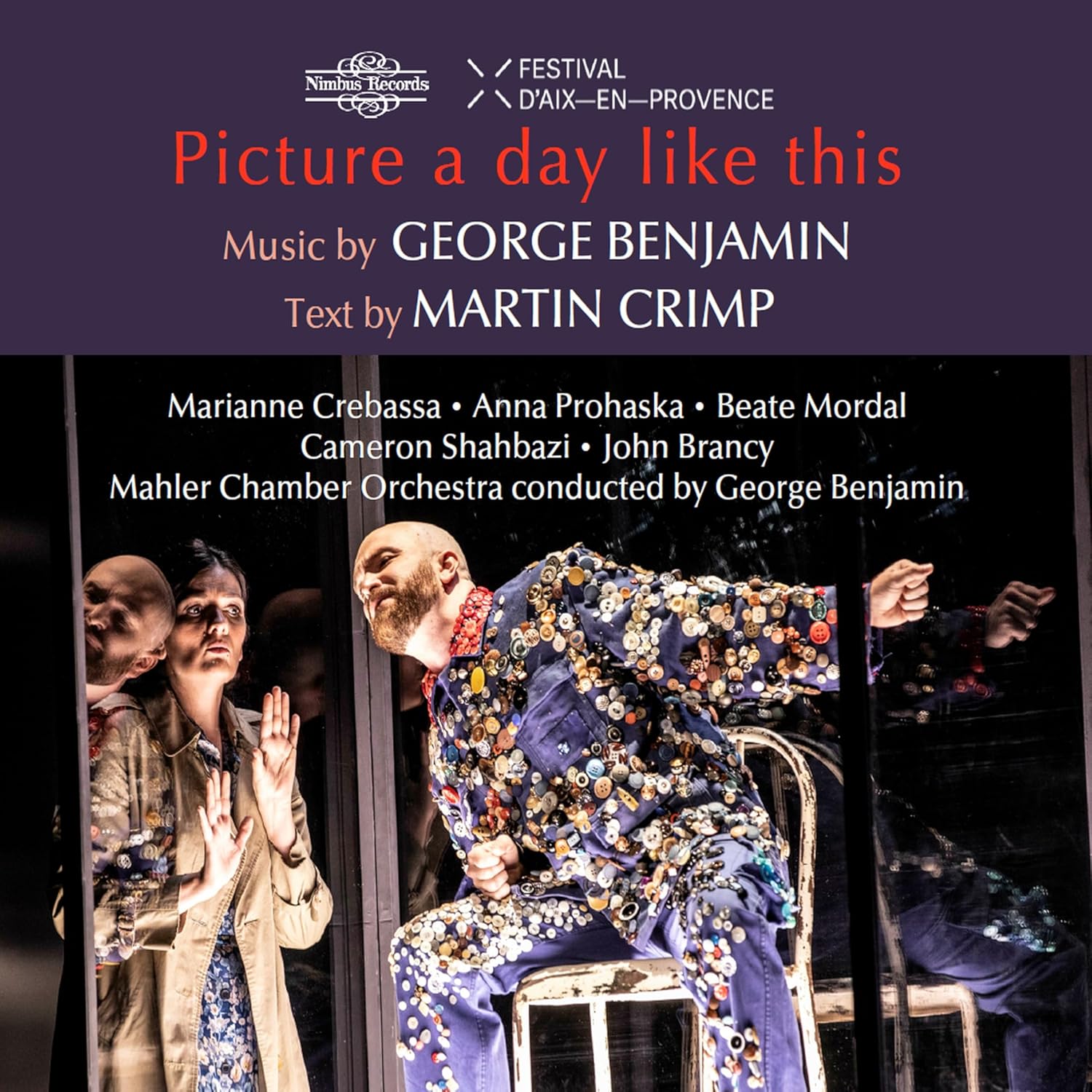Janáček: String Quartet No.1 (1923) “Kreutzer Sonata”
Adagio – Con moto – Vivo
Con moto
Con moto – Vivace – Andante
Con moto – Adagio – Maestoso
By the time Janáček came to write this quartet (not actually his first, since he had previously attempted one as a student in Vienna) he was becoming so involved in what he was doing that one work was not always enough to express all he had to say about a particular topic. On reading the Tolstoy story which inspired the quartet (and also an earlier piano trio, since lost) one soon realises that the basic plot bears a striking kinship to that of his operatic masterpiece Kat’a Kabanova, completed two years before the quartet – and also of Russian origin (it is an adaptation of Ostrovsky’s play The Storm). This common scenario is really quite straightforward: both tales concern a woman trapped in a frustrating and unfulfilling marriage; there follows a relationship with a stronger man, resulting in suicide (Ostrovsky) and murder by the rejected husband (Tolstoy). Janáček could hardly prevent himself identifying both heroines with the stunningly beautiful young woman, Mrs. Kamila Stosslova, whom he had first encountered just a few years earlier, in 1917; although nearly forty years his junior, he developed a passion for her (not entirely unreciprocated) which became the inspiration for his life and work right up until his dying moment. He firmly believed in the woman’s right to make her own choice, and so his two heroines were treated with absolute compassion.
With all this in mind one is compelled to view the quartet in more than purely musical terms – but not before acknowledging its exceptionally taut motivic structure, for which one need look no further than the work’s principal theme and its influence on so much of the ensuing material. Although not a fully programmatic composition in the Lisztian sense, its impact can be heightened by referring to such authorities as Jaroslav Vogel and Milan Škampa, who have associated thematic motifs with various aspects of the story: eg, the very beginning – life and death, tragic desire; first theme, second movement – short-lived satisfaction of this desire; the spine-chilling sul ponticello which follows – temptation. And, towards the end, it is not difficult to visualise the galloping horse, bearing its rider inexorably to the final catastrophe: all confusion and chaos with the flashing of the “curved Damascus dagger”. The fateful performance of the Beethoven sonata itself is perhaps alluded to in the canon which opens the third movement. That impetuosity so inherent in Janáček’s Slav temperament is noticeably to the fore in this work, which at times rivals the earlier composer’s own F minor quartet in its fierce intensity and abruptness. Indeed, the almost improvisatory nature of much of the music can be traced to the extraordinary number of tempo changes: no fewer than fifteen of them in the first movement alone!
Of all the many obstacles with which the two great quartets of Janáček confront the performers, one in particular concerns style and idiom. This is only to be expected when studying a composer so conscious of his nationality, and when the performers are neither of that nationality nor culture. A British group might not presume to sound exactly like Czechs, through having different blood in their veins (and Janáček himself referred with some exasperation to the ‘conservatism of the English musical mind’, following a Wigmore Hall concert of his chamber works – including this quartet – in May 1926). But it should not be beyond anyone at least to aspire to the Czech temperament; and one can begin by observing the Czech tradition in performing their music, especially since Janacek’s scores – unlike those of most of his contemporaries – are not always an accurate representation of what he actually imagined, or wanted to hear. Nowhere are the inadequacies of Western notation more exposed. Like Mahler, Janáček invariably made copious alterations during rehearsal, many of which never found their way into the published score. One such example occurs at the very end of the first quartet, where a crescendo to fortissimo can replace the printed diminuendo – originating in the composer’s own request. Present-day performers now have the benefit of a more recent edition, scrupulously and lovingly edited by the viola player of the great Smetana Quartet, Milan Škampa, who has incorporated these performing traditions into the text. It was reassuring for the Fitzwilliam to discover, when sent this material by Mr. Škampa himself, that we had not been very far off the mark! The chamber music connoisseur will find particular fascination in the actual sounds Janáček contrives to draw from the string quartet combination: it is, needless to say, strikingly individual, and arises to a considerable degree from a concentration on individual lines rather than on the more usual homogenous (some would say glutenous!) texture – together with a liberal helping of double-stops, octave doublings, and the characteristic “Alberti” accompaniments.
So much for technicalities, which must recede into the background in the face of such burning sincerity and conviction on the part of the composer. These two quartets are essentially human documents, like most of Janáček’s finest music, but in particular they are expressive of his intense thoughts and feelings about love, and being in love. No.2 (Intimate Pages), completed only a few months before his death, was an outright confession of his deep love for Kamila, radiant with the most sublime passion. But such ardent joy is not to be found in its predecessor, whose dark and oppressive atmosphere arises compellingly out of the despair and ultimate tragedy of unfulfilled love.
© Alan George


















